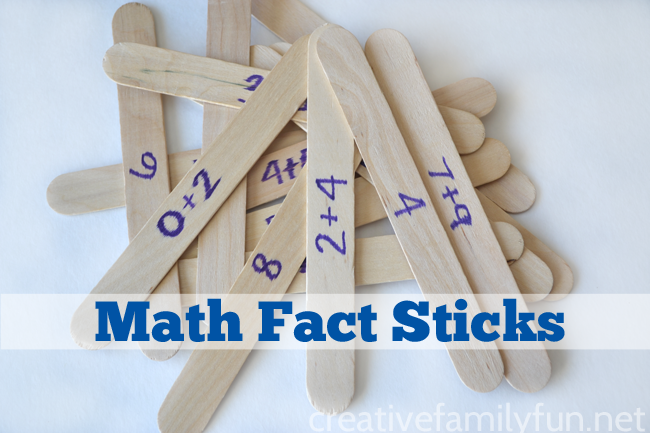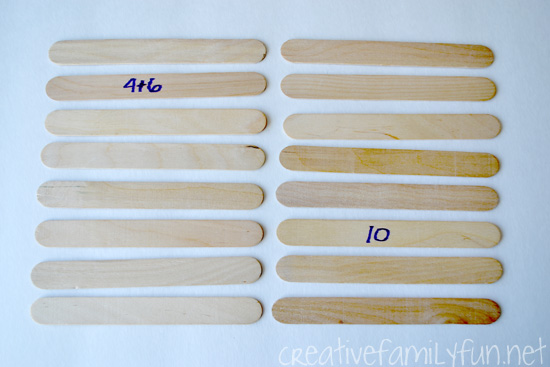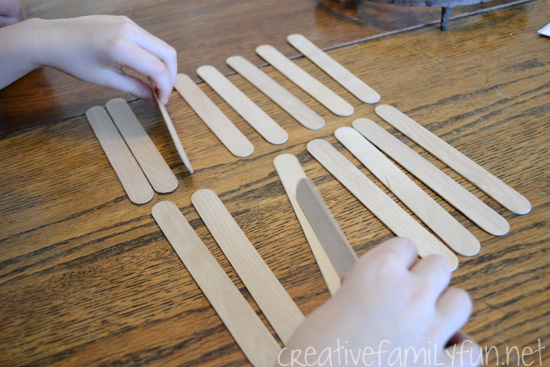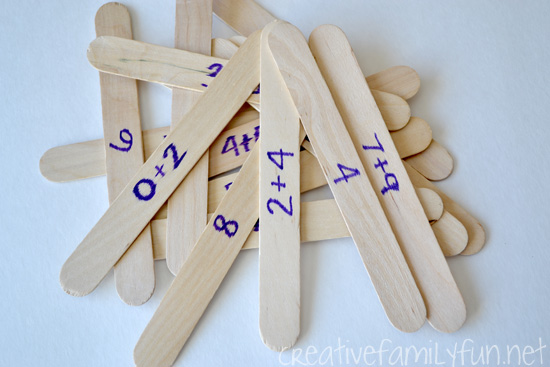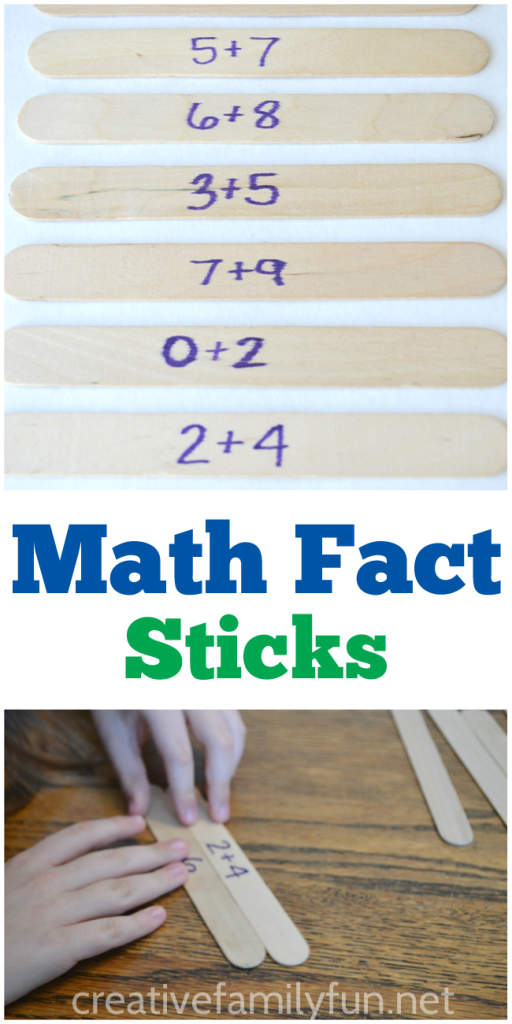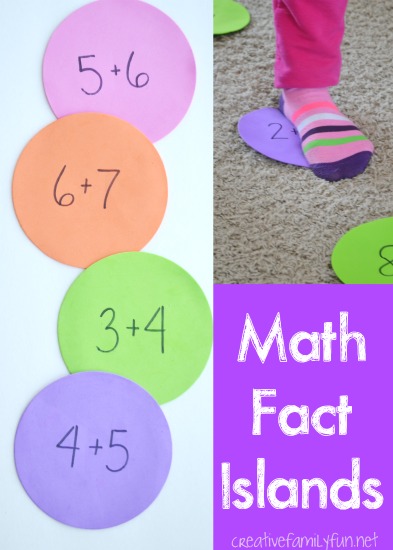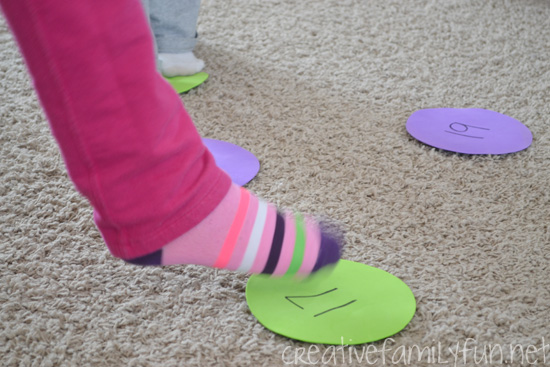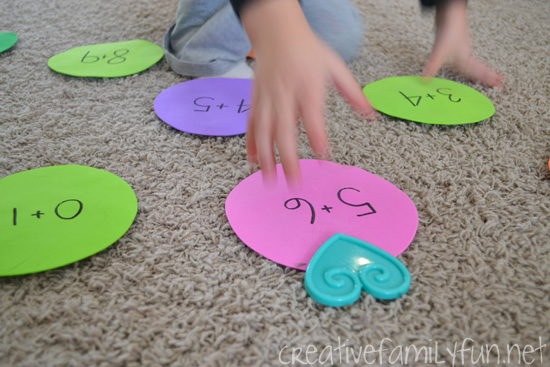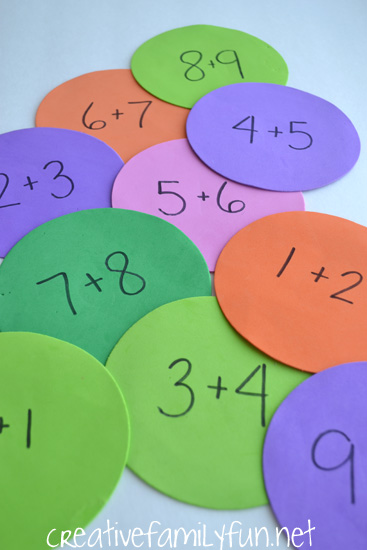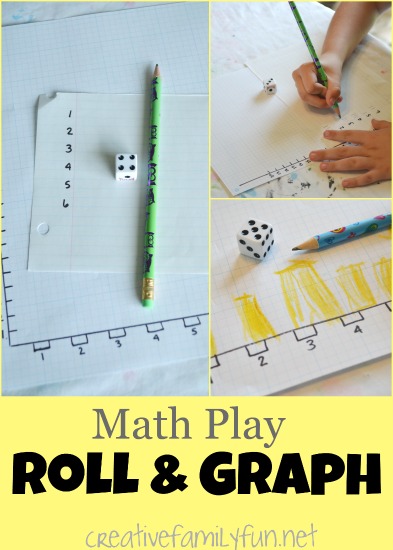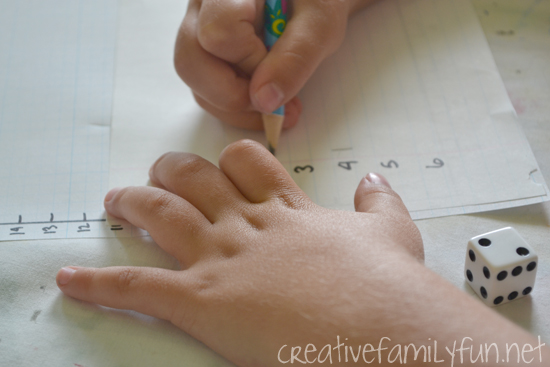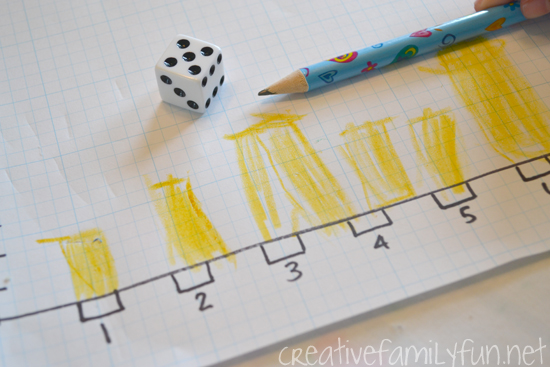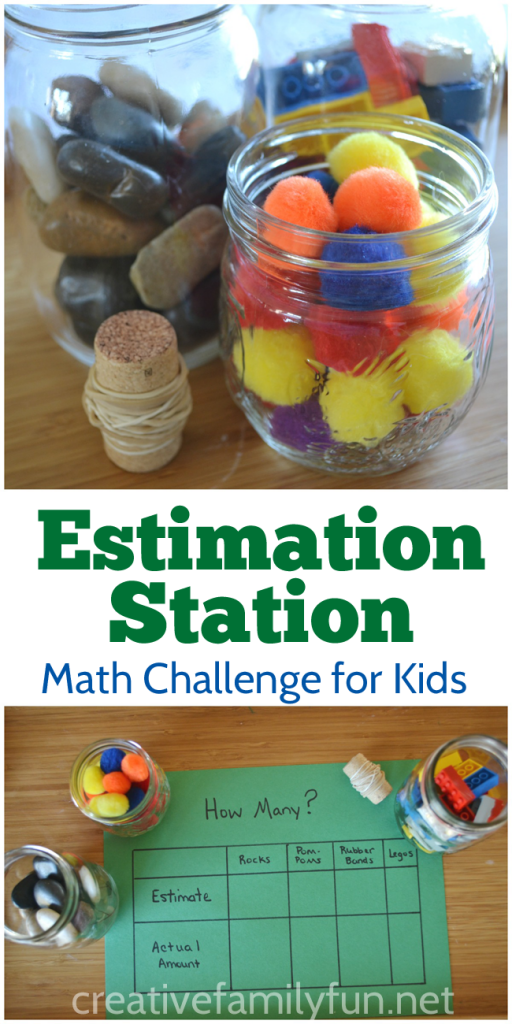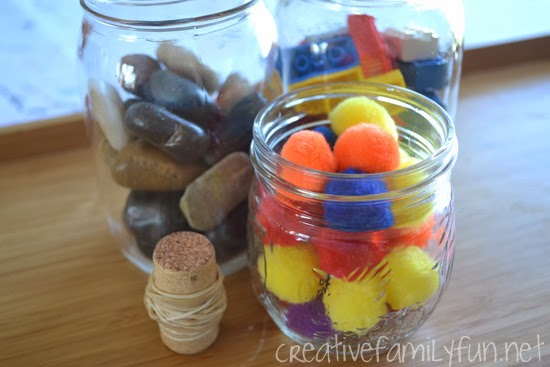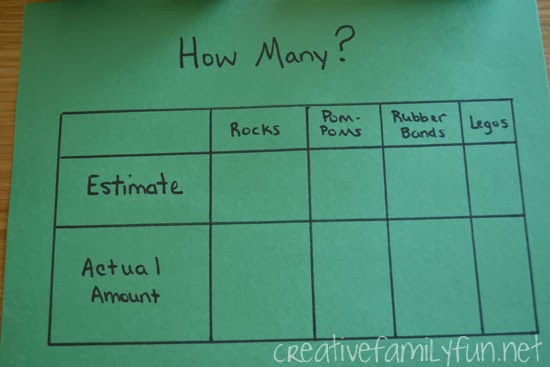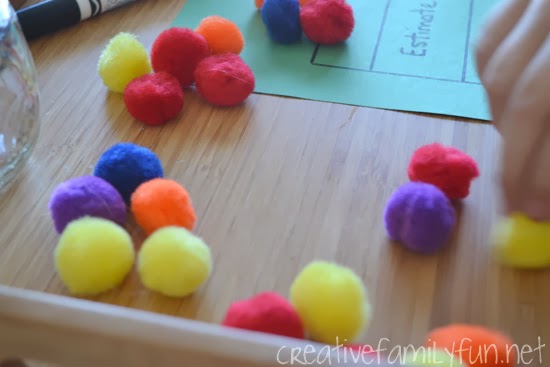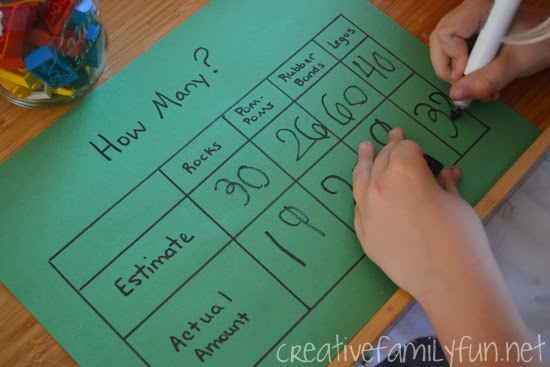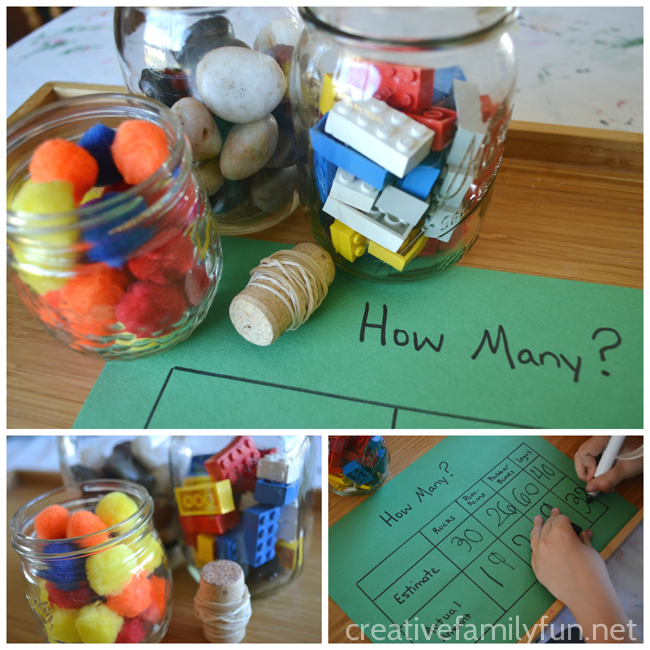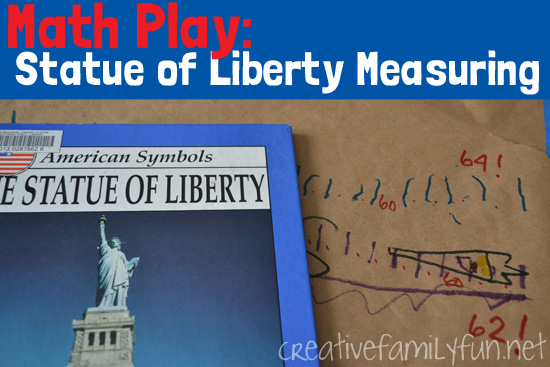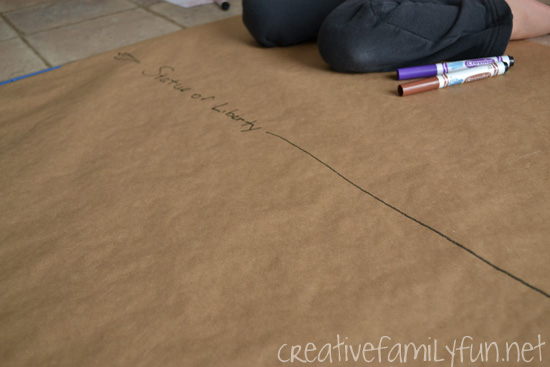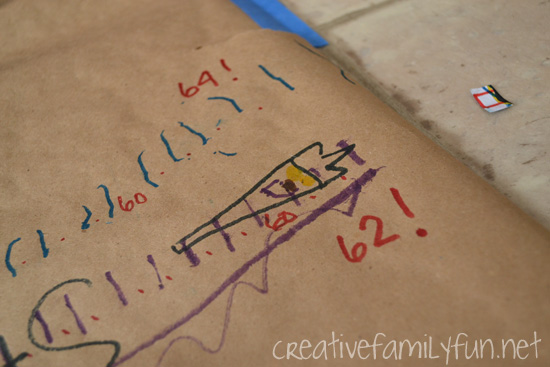Luckily for us, my daughters’ school is trying very hard to make learning fun for the kids.
I’ve been spending a lot time at their school volunteering in the classroom. While there, I’m learning some fun and easy ways to help the kids learn math facts and succeed at math.
Some of things they are doing would be perfect for at-home practice. I’m going to pass on some helpful hints to you, so you will have the tools your need to help your child succeed.
Disclosure: This post contains Amazon Affiliate and other affiliate links. Please see my Disclosure Page for more information.
These math fact sticks are a variation of a game that they play at my daughters’ school to help the kids learn math facts. I’ve simplified the game a bit so that it works better for us at home and makes it easy to play with one person.
Make the Game
It took me only a few minutes to create the game.
All you need are craft sticks, a permanent marker, and a list of the math facts your child needs to learn.
My daughter often brings home math fact lists or sets of flashcards. Either of these will help you make the game.
If you don’t have that, feel free to ask your child’s teacher for a list of facts your child is learning. Most teachers are delighted to know that you’re working on this at home.
You will need 2 craft sticks for each math problem. Write the problem on one stick and the answer on the other stick. Leave one side of each craft stick blank.
Learn Math Facts While You Play the Game
Divide the sticks into two piles, one for the problems and one for the answers. Lay them out in two columns, blank side facing up.
Game play is similar to playing Memory. Turn over one stick from the first column and one stick from the second column. Trying to match the problem to the answer. If the two sticks don’t match, turn them both over and try again.
When you find a match, remove both sticks from the game area.
Keep playing until you find all matches. You can play this game with one to two people.
As my daughter gets more and more comfortable with the math facts, I hear her say the answer before she even turns over a stick from the second column. I know the facts are sticking. She practices more; it’s a game after all. And, I don’t hear any moaning and groaning about math time. Score!
The next time you need to learn math facts, ditch the flashcards and make up a set of math fact sticks instead.
You May Also Like One of These Math Activities:
Pick Two – A Fun LEGO Math Game
